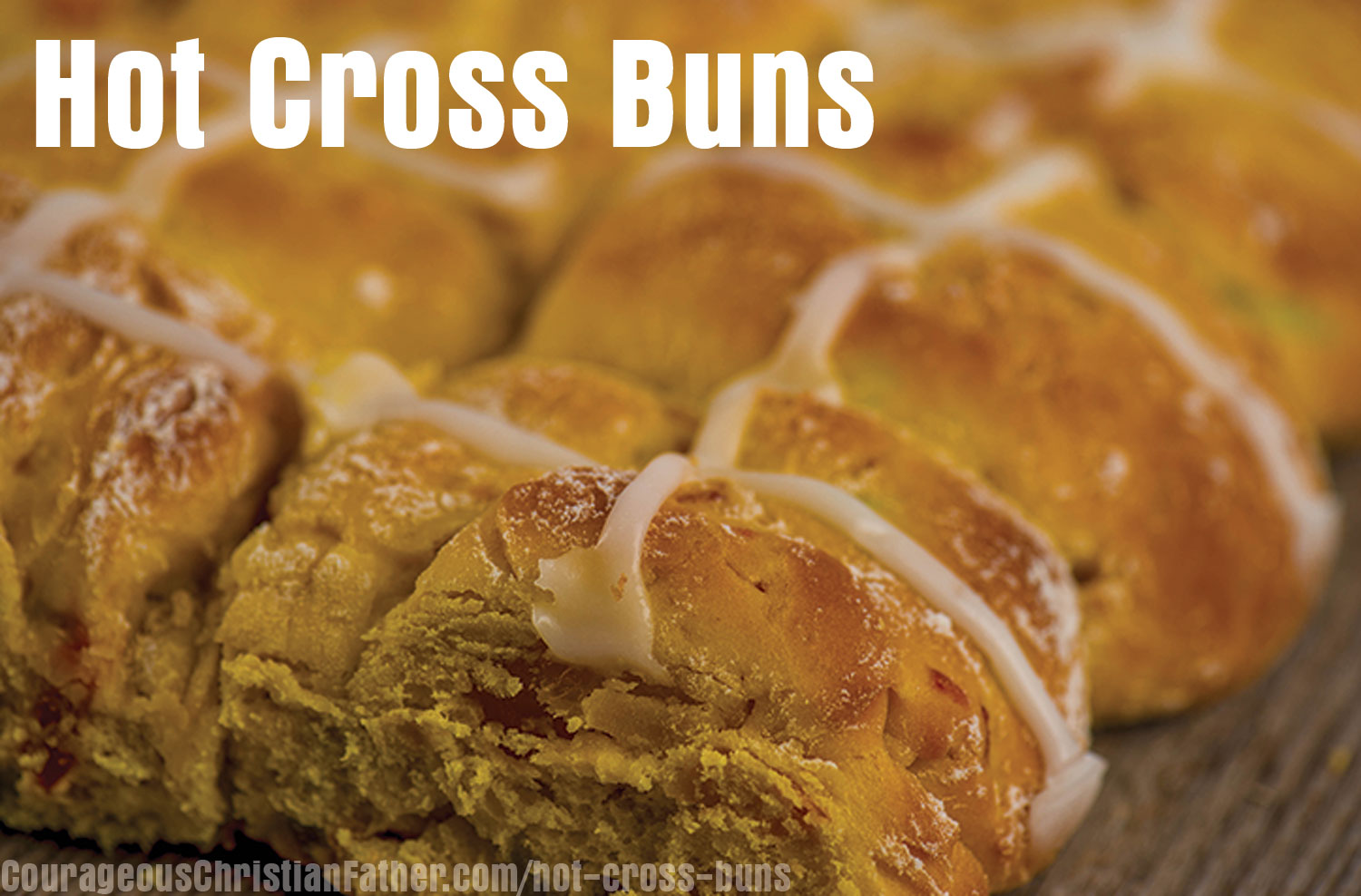10+ Uses for Fallen Leaves – Cleaning up leaves is considerable work, but not all of those leaves need to be carted away. In fact, there are several different uses of leaves that can be beneficial.
By the time autumn hits full swing, many trees will have shed their leaves for the season, and the last vestiges of red, yellow and orange magic will have faded to brown. Raking, blowing and collecting leaves becomes the primary chores of lawn and yard maintenance, and presents most homeowners with large piles of gathered leaves to tend to.

Leaves cascading down from trees indicate the arrival of autumn. However, colorful and awe-inspiring autumn leaves can be a hazard if left to lie on the ground too long.
Fallen leaves form a dense insulator to protect trees’ roots and prevent competing plants from growing. Decomposing leaves also provide nutrients for the tree. But wet leaves can be a safety hazard and leaves left on the lawn through the winter can pose a threat to the grass. These are just a couple of reasons why so much effort is placed on leaf clean-up in the fall. The following are some creative ways to recycle leaves that fall from your trees in the weeks to come.
It is impossible to count just how many leaves fall to the ground each year, or just how many pounds of leaves get collected curbside, but the numbers are substantial. Cleaning up leaves is considerable work, but not all of those leaves need to be carted away. In fact, there are several different uses of leaves that can be beneficial.
- Spread leaves as a protective mulch to cover tender perennials or root crops/bulbs in the ground. The leaves will form a natural insulating cover that keeps the soil and the plants within a bit warmer over winter. Shredded leaves can make for a great amendment to fertilizer for garden beds and even the lawn. Leaves lying on the grass can be mulched into small pieces with a mulching mower so they don’t choke the blades of grass. Leaves also can be broken down with a string trimmer, a leaf blower that has a vacuum function or a commercial shredder/chipper. Add the shredded leaves to a compost pile or use them to fill container plants before adding regular potting soil.
- Create a pile of leaves that will break down and form a crumbly, compost-like material called leaf mold. Even though leaf mold may sound like a blight, it’s actually a good amendment to garden soil, improving its structure and ability to hold water. Leaf mold also attracts beneficial organisms that are vital in healthy soil.
- Brown leaves can be added to green materials in compost piles to improve the health of the compost being formed. According to the healthy living resource Care2, the ideal ratio is 75 percent brown to 25 percent green materials in compost. Turn compost piles regularly to aerate them.
- Store dried, mulched leaves in a dry spot so they can be used in the spring as a weed barrier for spring plantings. They will keep weeds at bay and help retain soil moisture to ensure small sprouts have the resources to grow.
- Use shredded leaves as a lawn supplement. Pass a lawn mower over leaves left on the lawn to break them down into pieces too small to rake. This will help keep the lawn healthy throughout the winter without blocking out needed sunlight.
- Bag dried leaves and pack them tightly together in cold areas of the home, such as basements or garages. They can act as added insulation. Bags of leaves also can be placed around planting containers to protect them from frost.
- Gather a few of the best-looking leaves and preserve them. Use an iron on a low setting and press leaves between two pieces of waxed paper until the waxed paper seals together. Or use clear contact paper to achieve the same effect.
- Be crafty and use the fallen leaves to create pieces of art work. Fallen leaves make great craft projects. Save them and make something crafty!
- Natural leaves can be used as decorations both inside and outside a home. String freshly fallen leaves together and wrap them around a grapevine wreath for a rustic door decoration. Leaves can be placed in clear vases and put on display for a cheap way to showcase some autumn color. Preserve favorite leaves with a lamination machine or by sealing them between heated sheets of waxed paper. Cut out the leaf shapes and use for hanging window decorations.
- Fallen leaves can make a great bedding for livestock and wild animals: Chicken owners can use fallen leaves as bedding in their chicken coops. Dry leaves also may create more comfortable and drier conditions for goats and other livestock. Goats may look to recently fallen leaves as a nutritious food source. Gather the leaves and let the goats munch before you further rake and compost the leaves.
- Playing in fallen leaves can be a fun recreational activity: Leaves have long been favorite toys for children, who eagerly await jumping into large piles of fallen leaves. Fill paper bags with leaves and draw a target on the front. Let kids test their skill aiming for the targets. Children can camouflage their clothing with leaves and masking tape and have a more intense session of “hide and seek.”
- Create whimsical scarecrows as part of your autumn decoration scheme by stuffing the fallen leaves. Gather older clothes that you no longer use and stuff the sleeves of shirts and the legs of pants with leaves, which are less expensive and easier to come by than straw. Use a few pieces of straw around the neck and hand areas of the scarecrow for visual effect. Tie off with twine and display your scarecrow.
- Collect leaves to mound over delicate perennial plants and shrubs can help make a great insulation. The leaves will add more warmth to the soil and may help plants make it through harsh winters. Just remove the leaves slowly when spring arrives so that the soil underneath can get the sunlight and water it needs to thrive. Leave some leaves in the yard so that animals can use them as nesting material and line their dens for the winter.
Fallen leaves can be used in many different ways throughout the year.
What are ways you reuse fallen leaves?
What are some ways you reuse those fallen leaves? Your comments are welcome.
Article compliments of Metro Creative. TF18A402 & TF159521 – First Published September 22, 2018. Last updated or republished October 3, 2019.
About the Author
Discover more from Courageous Christian Father
Subscribe to get the latest posts sent to your email.


